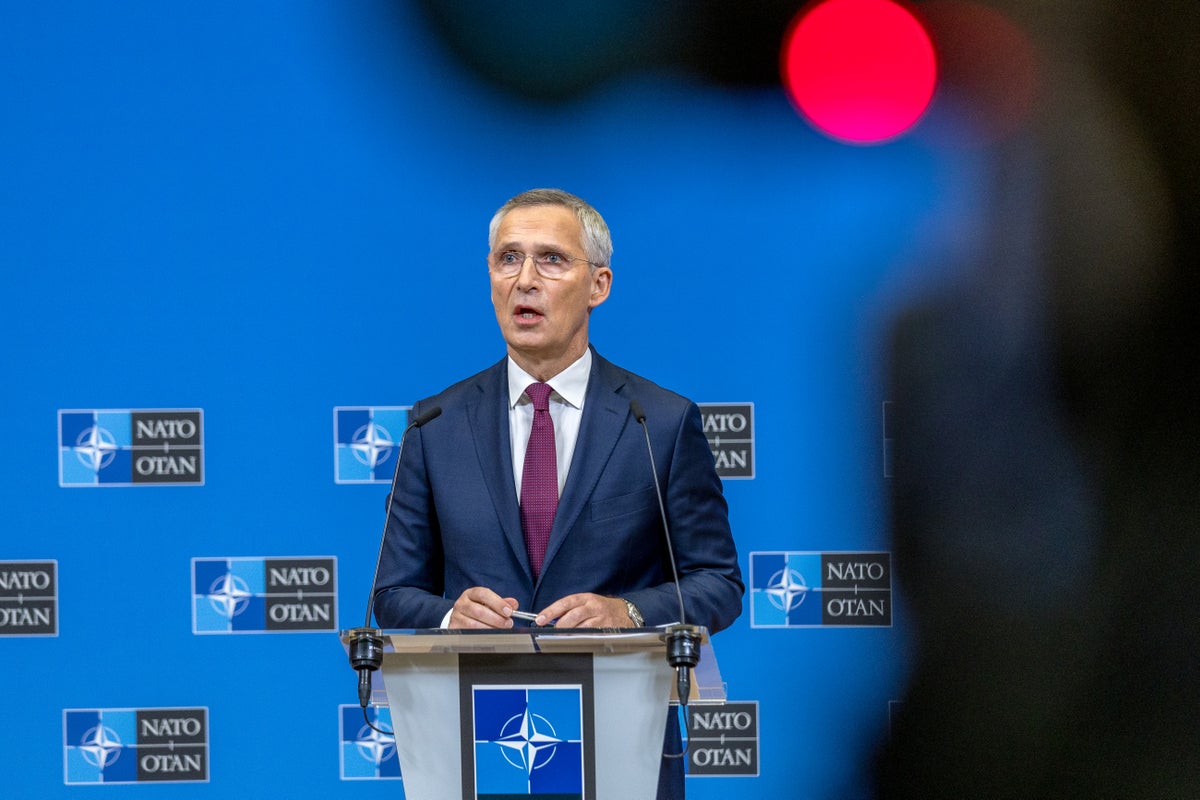
Ukraine’s Western allies must keep up their support for the country through a difficult winter to come in its war with Russia, Nato’s secretary general Jens Stoltenberg has said.
Mr Stoltenberg admitted Ukraine’s long-awaited counteroffensive this summer had failed to make significant territorial gains, but described Russia’s failure to capture any more major cities as a “strategic defeat” for Vladimir Putin’s invading forces.
“Wars develop in phases. We have to support Ukraine in both good and bad times. We should also be prepared for bad news,” the Nato chief said in an interview with German broadcaster ARD.
Mr Stoltenberg said Ukraine was fighting a war unlike any in history, and hailed the country’s efforts on the battlefield that have frustrated Russia’s advance. “These are big victories even though they have not been able to move the frontline,” he said.
The Nato chief warned that a victory for Putin would not only be a tragedy for Ukraine but also present a danger for the alliance. “The more we support Ukraine, the faster the war will end,” he said.
And he called on Nato members to ramp up military production, saying European nations were “not able to work as closely together as we should” on their support for Ukraine.
His comments come as a new watchdog report on Monday said many Western arms companies did not ramp up production in 2022 despite a sharp surge in demands for weapons and military equipment. Ammunition manufacturing companies were hit by labour shortages, soaring costs and supply chain disruptions which were amplified by Russia’s invasion of Ukraine.
The revenues of the world’s largest arms-producing and military services companies last year stood at $597bn – a 3.5 per cent drop from 2021, said the Stockholm International Peace Research Institute (SIPRI).
“Many arms companies faced obstacles in adjusting to production for high-intensity warfare,” said Lucie Béraud-Sudreau, director of the independent institute’s Military Expenditure and Arms Production Program.
The revenues of the 42 US companies on the list, responsible for 51 per cent of total arms sales, dropped by 7.9 per cent to $302bn in 2022.
“We are beginning to see an influx of new orders linked to the war in Ukraine,” said Nan Tian, a senior researcher with SIPRI.







